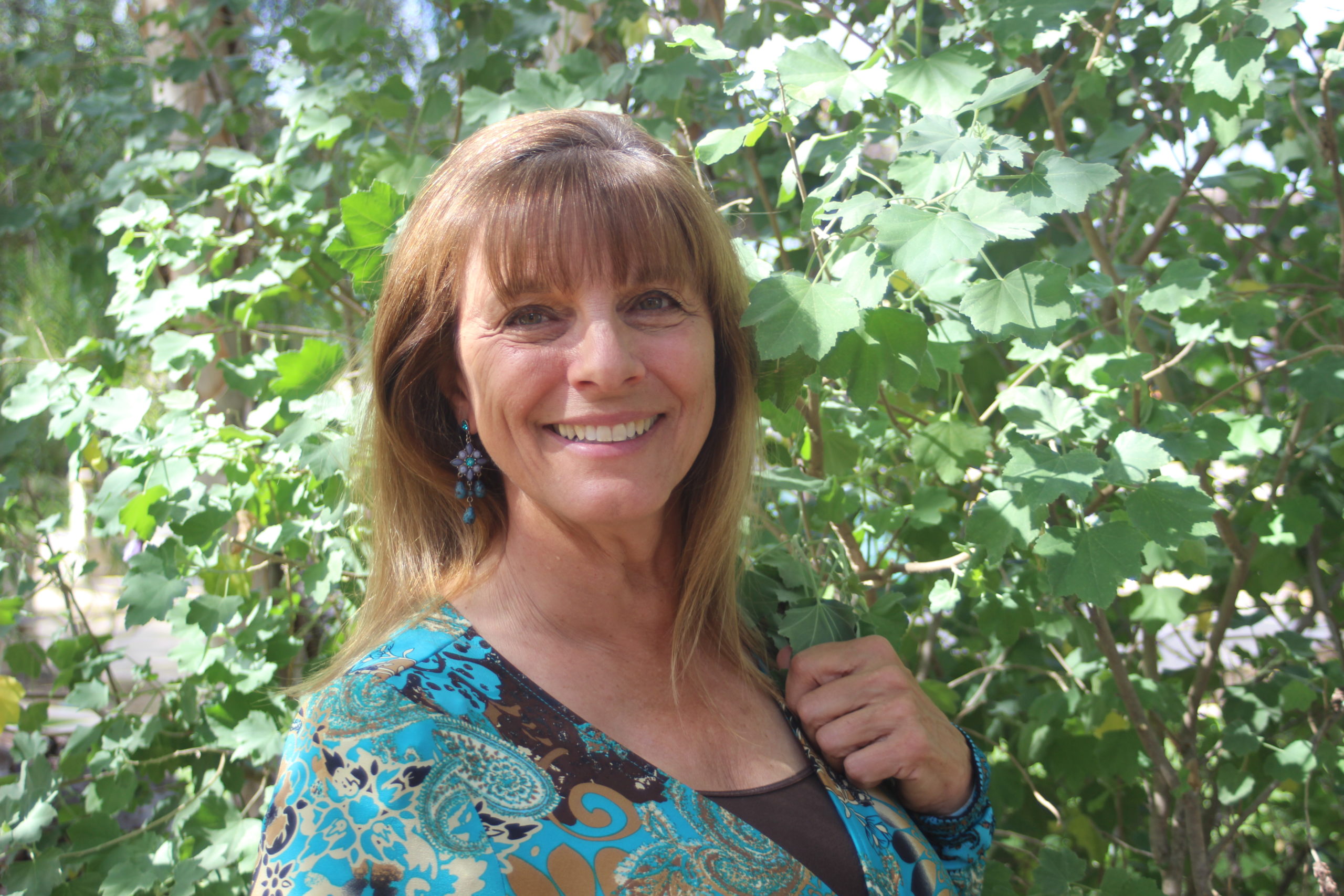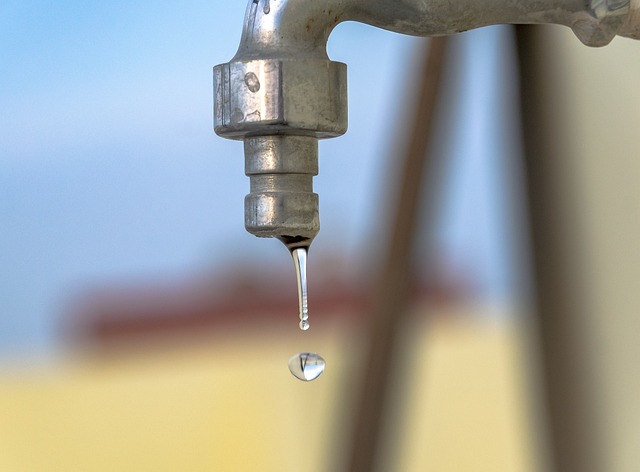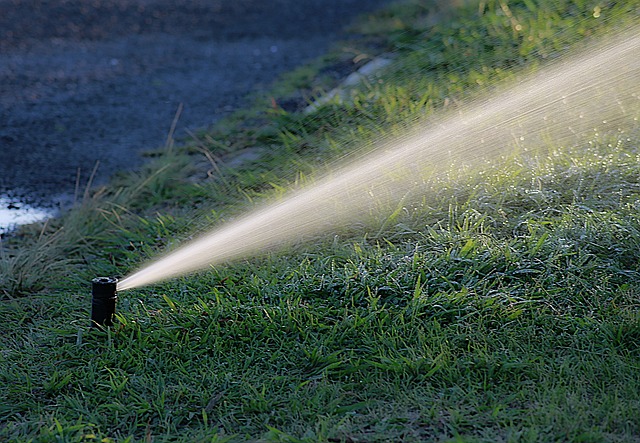All grass performs better (drought tolerant or not) and becomes more drought tolerant with less frequent but deep watering. When irrigation provides moisture to the depth of approximately six to seven inches, this moisture encourages the roots to grow deeper. The top of the soil dries out much faster than the soil six inches deep. So, these deeper roots can provide the moisture the grass needs as the top few inches of soil begin to dry out.
This is not an exact science. There are many contributing factors as to why one piece of ground will dry out before another. Some of these factors include organic matter in the soil, the type of soil you have, reflection of heat from the walls of adjacent buildings or windows, etc. Drought tolerant grass may require watering two to four times a week depending on the composition of your soil and how quickly it dries out.
For best results, calculate the amount of water your irrigation system is distributing and how much is needed to penetrate your soil six to seven inches deep. Click here for a simple method to do this calculation.




